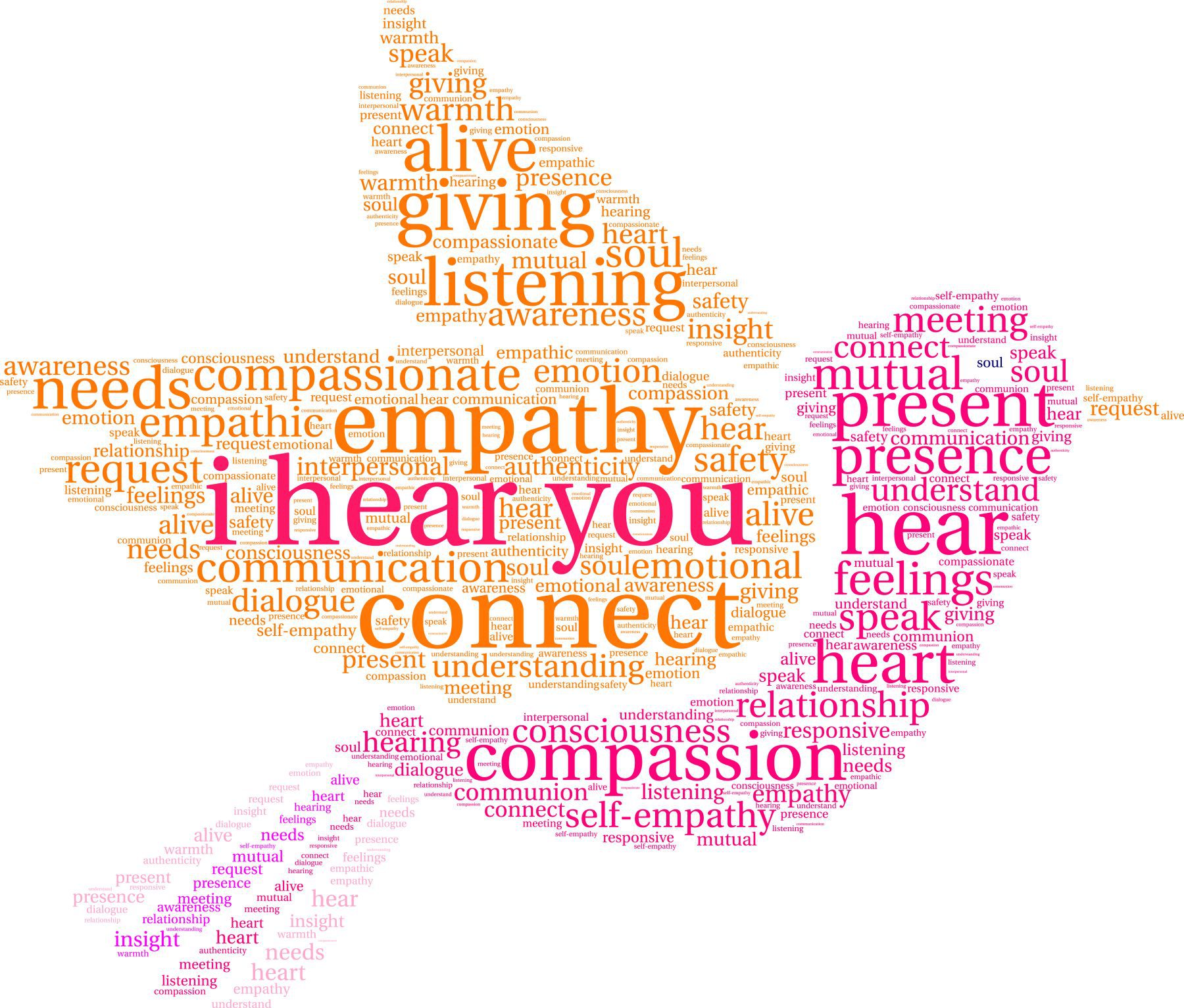
The Empath’s Path to Wholeness: Understanding Carl Jung’s Theory of Individuation
Introduction: Unraveling Carl Jung’s Theory for Empaths
Carl Jung, the eminent psychologist, introduced the concept of individuation as a journey toward self-realization and psychological integration. While Jung’s theory is widely applicable, its adaptation to the unique experiences of empaths provides profound insights into how these sensitive individuals can navigate their personal growth and find harmony amidst their empathic nature.
Understanding Empathy in the Context of Individuation
Empaths, by nature, possess an extraordinary ability to sense and absorb the emotions of others. Jung’s theory of individuation, when applied to empaths, emphasizes the importance of understanding their empathic abilities as integral parts of their psyche. It encourages empaths to explore and recognize their emotional sensitivity as a catalyst for self-discovery rather than an impediment.
Embracing the Shadow: Integrating Empathic Sensitivity
Central to Jung’s theory is the integration of the “shadow,” the unconscious aspects of the self that contain repressed emotions and desires. For empaths, this involves acknowledging and accepting the full spectrum of emotions they absorb from others, including the darker or more challenging feelings. Through this process, empaths learn to discern their own emotions from external influences, fostering a healthier relationship with their empathic abilities.
Establishing Boundaries: Self-Care and Emotional Well-being
Individuation for empaths necessitates the establishment of boundaries. Empaths often feel overwhelmed by the emotions of others, leading to emotional fatigue and a loss of personal identity. Applying Jung’s theory involves learning to set healthy boundaries, enabling empaths to preserve their emotional well-being while still offering compassion and support to others.
Integration of Archetypes: Understanding the Empathic Self
Jung proposed the existence of archetypes, universal symbols and patterns within the collective unconscious. When considering empaths, understanding these archetypes can help in recognizing and embracing different facets of their empathic nature. The nurturing caregiver, the wounded healer, or the wise sage are archetypal roles that empaths often embody, and integrating these archetypes contributes to their self-awareness and personal growth.
The Journey of Self-Discovery and Authenticity
Individuation invites empaths to embark on a journey of self-discovery and authenticity. By embracing their unique empathic abilities, they learn to honor their true selves and cultivate a sense of wholeness. This journey involves self-reflection, introspection, and a commitment to nurturing their emotional, mental, and spiritual well-being.
Conclusion: Empathic Individuation – A Path to Empowerment and Harmony
In conclusion, Carl Jung’s theory of individuation provides a comprehensive framework for empaths seeking to navigate their unique emotional landscape. By integrating Jungian concepts into their experiences, empaths can embark on a transformative journey of self-acceptance, establish healthy boundaries, and harness their empathic abilities to achieve a state of balance and empowerment. The adaptation of Jung’s theory to the empath’s journey signifies a profound opportunity for these individuals to embrace their sensitivity as a strength and move towards a more fulfilling and harmonious existence.






Post a Comment